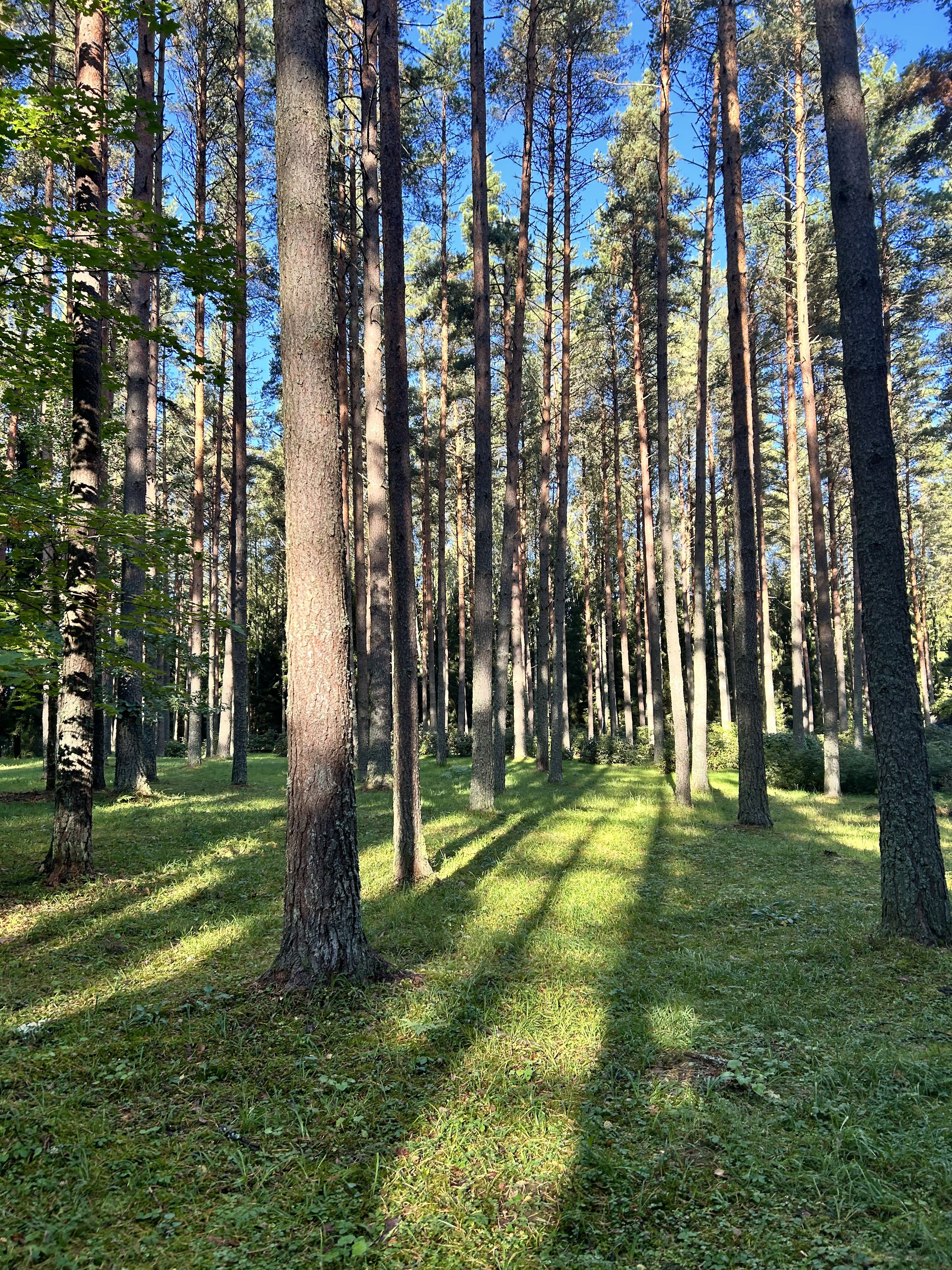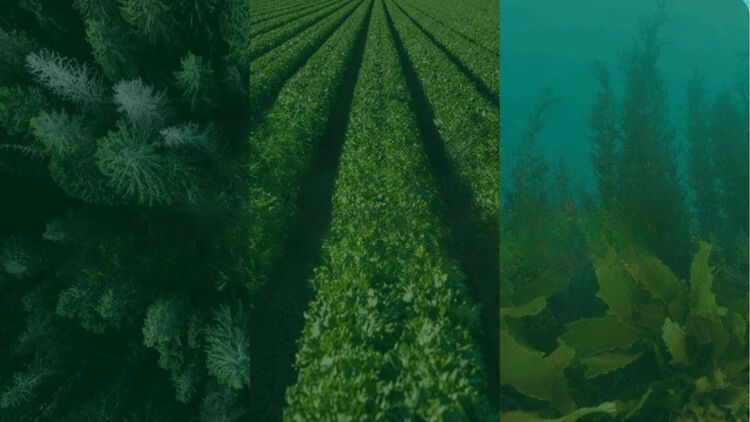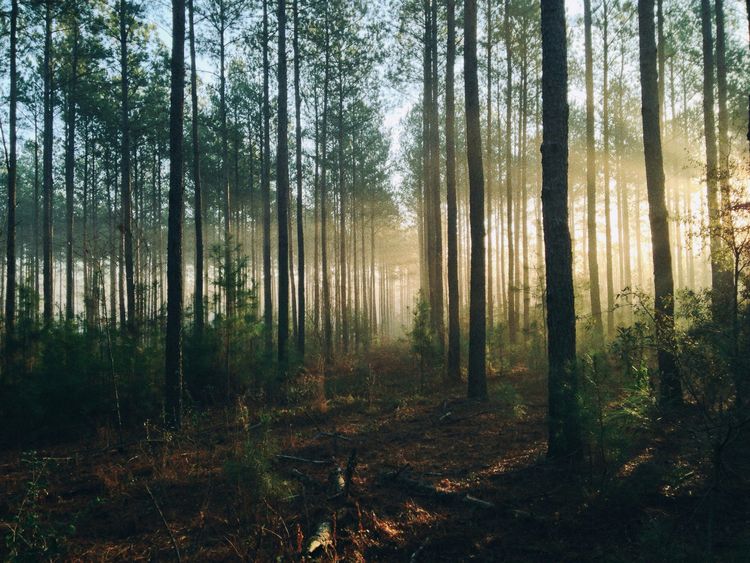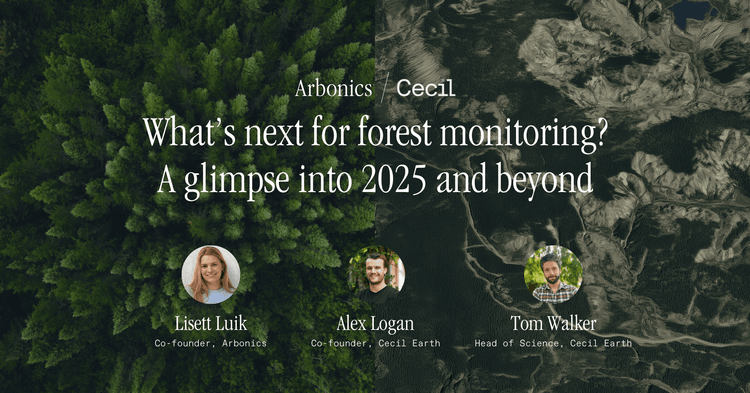Blueberries, bogs, and a recovered milled peat site
At the edge of a quiet road in rural Estonia, visitors to Marjasoo Farm are greeted by a line of towering pines, some over 120 years old. These trees stand beside younger spruces and overlook varied landscape— one that has evolved from its industrial past into a layered mix of productive farmland and naturally regenerating forest.
Restoring a landscape after peat extraction
Marjasoo sits on land that once served as a milled peat extraction site. Over the years, the family has cultivated part of the area for blueberry production, while allowing the surrounding forest to evolve gradually. “We’ve never had a master plan,” they explain. “It was more about watching what nature was doing and trying not to get in the way”.
 Figure 1: Blueberries thrive in the former peat extraction fields
Figure 1: Blueberries thrive in the former peat extraction fields
The soil, mostly moraine with a light dune cover, has supported the natural return of many native species. In sunlit patches, oaks, lindens, maples and aspens have emerged, while older larches stand on one boundary. As the land slopes toward the bog, the tree composition shifts into a more typical mix of spruce, birch and pine. Some of the drainage ditches dug over 60 years ago continue to influence the soil structure, contributing to steady tree growth, particularly for birch.
The result is a layered forest that blends generations of trees and habitats for many species of birds. Recently, the family noticed the return of capercaillies, thanks in part to the structure of one carefully shaped pine stand. “We like to think of it as shared space,” they observe. “We live here, but so do they”.
 Figure 2: Moving toward the bog, the forest transitions into spruce, birch and pine
Figure 2: Moving toward the bog, the forest transitions into spruce, birch and pine
Choosing Arbonics
As the forest matured, the family faced increasing costs and pressures that made continuing their sustainable management difficult without additional support. They began looking for a way to create long-term value from the land to avoid turning to intensive harvesting. Arbonics’ approach to carbon projects provided the essential financial incentive to ensure these sustainable forest practices could continue.
They appreciated that the programme is designed to support many types of landowners, including those managing smaller forest areas. It recognises the ecological value of older, mixed forests while providing the flexibility to continue existing land uses like selective thinning or non-timber production. The family removes only deadwood or trees damaged by storms or snow. In some areas, selective thinning is carried out, but only when it supports the broader health of the forest.
 Figure 3: A carefully shaped pine stand on the property, designed to maintain habitat for species like the capercaillie
Figure 3: A carefully shaped pine stand on the property, designed to maintain habitat for species like the capercaillie
Using carbon income to care for the forest long-term
In contrast to nearby state-owned land where clear-cuts and monocultures are common, Marjasoo offers an example of what’s possible when restoration and food production are balanced with ecological care. The carbon income ensures that rather than cutting down the forest, they're able to actively maintain it, enhancing its ecological value and keeping it resilient long-term.
“There’s always something to observe,” they say. “From birds returning to the way new species establish themselves— there’s never a dull moment!”
In the years ahead, they plan to continue managing their forest sustainably through Impact Forestry, using any additional income to maintain paths, monitor wildlife, and keep the forest resilient against pressure from neighbouring developments.
By working with Arbonics, Marjasoo Farm is able to continue protecting what makes this land unique while making sure it remains viable for the generations to come.
Arbonics connects landowners and credit buyers at scale to remove carbon and protect biodiversity through data-backed forestry solutions.
Our leading technology finds the best strategies to maximise carbon removal, allowing us to offer two solutions to landowners: Afforestation for planting new forests, and Impact Forestry for improved forest management.
We provide credit buyers with high-quality carbon credits from these projects to support your positive environmental impact. Our solutions are backed by advanced technology, deep forestry expertise, and the stringent forestry regulations of the EU.
Interested in buying credits? Introduce yourself here and we will be in touch! Follow us on LinkedIn, Facebook, and Instagram for latest news.


